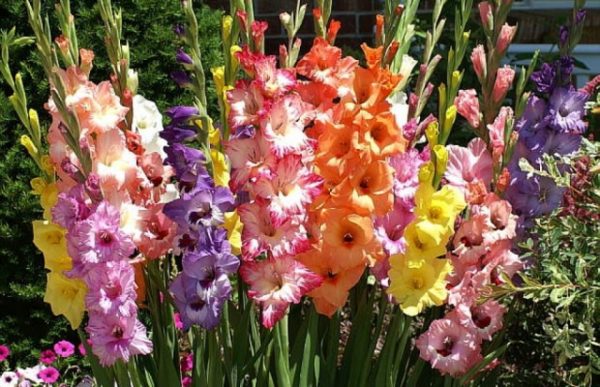
Gladiolus is a plant that can be propagated by tuber buds, corms and, of course, using seeds. Vegetative propagation is considered an adaptation of the plant, which gladioli have for further existence when seed reproduction is in doubt.
This can happen due to inappropriate plant development conditions, when the seeds may not ripen. Thus, vegetative propagation can be observed only in varietal gladioli; wild-growing species most often reproduce by seed. But the very predisposition to the possibility of propagation by a vegetative path was inherited by the gladiolus precisely from a wild ancestor.
This propagation method is important for preserving the morphological important features of the variety. In addition, the vegetative propagation of gladioli is effective and fast, which is especially important in the selection of new types of gladioli. When considering how to propagate gladioli, it is worth first of all to consider the features of the methods.
Content
Propagation by tuber buds
Each variety has its own characteristics of vegetative propagation. Some varieties are able to form more than 100 tuber buds, while others have only 10 -15 on average. Their difference lies in size. The same Oscar variety may have few tuber buds, but they will all be large, some up to a centimeter in diameter. But White Frosting cultivates more tuber buds, but all of them are half as much as Oscar. What determines the size of the tuber buds?
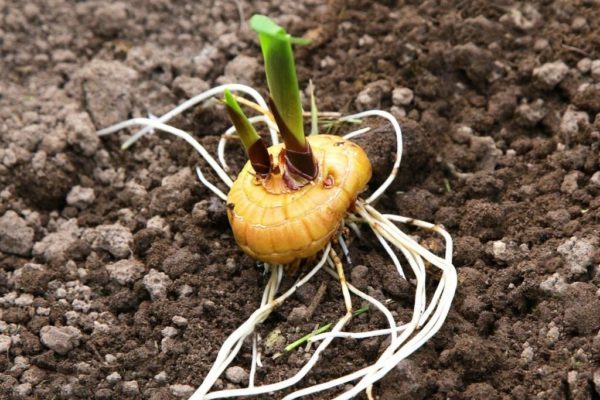
First of all, it affects:
- external factor;
- weather;
- humidity level of the earth;
- vegetation duration.
Large tuber buds are more common in early varieties, while small ones are characteristic of late varieties. Before you understand how gladioli reproduce, you need to find out about the period of their development. Tuber buds will develop for approximately 3 months. The development process starts before the flowering period. Seeds can ripen simultaneously with the formation of tuber buds, the latter at the end of development can be easily separated from corms.
If you have gladioli, then it is important to know how to propagate them and when to do it. Children can be planted only in cultivated and moist soil. The soil is mulched. The recommended layer for this procedure is 7 centimeters maximum. There is an alternative option - watering the land twice a day. In order for the tubers to germinate well, you need to give them time, at least two weeks. It may take longer if the children of the plant were initially small.
Many gardeners prefer to plant tuber buds in advance at low temperatures. The appearance of the roots indicates that it is time to sow them. If sowing is postponed, then the largest roots will not be able to give the desired results.
Advice
- The sowing groove should average 6 cm in depth.
- Between the grooves should be the same distance, at least 10 centimeters.
- The bottom of the groove should be compacted, for better development of the plant you need to use river sand.
- He is poured into the hole and on top of the soil after sowing.
- The bed needs to be mulched, using humus. A good alternative would be peat compost.
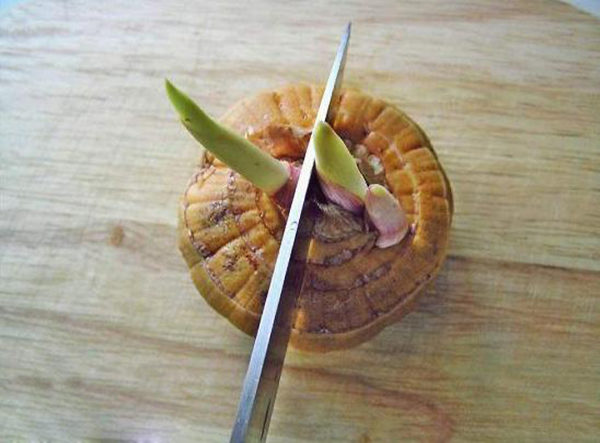
How to care for gladiolus babies
When you find out how gladiolus propagates by tuber buds, you need to understand the care procedure. It is worth saying that in the first few weeks of the garden, where the children are, you can not touch. Only later should the bed be loosened using a rake. This is necessary to destroy the weed. After this procedure, you will need to re-mulch.
The allowed layer is from 2.5 to 3 centimeters. The regime of care should include regular watering of the beds. If there is a period of drought, then you need to mulch peat (weathered). The areas to the south allow the use of straw, coarsely chopped or waste from the production of polyethylene.
How to propagate gladioli by dividing the bulbs
Not everyone knows how to divide the bulbs of gladioli. Not everyone even knows that one corm can have a pair of lateral buds. They do not germinate if the centrally located bud begins to grow. But if it was damaged, then the kidneys on the side can develop to form an escape shoot. This feature should be considered by everyone who wants to learn how to divide the gladiolus bulb.
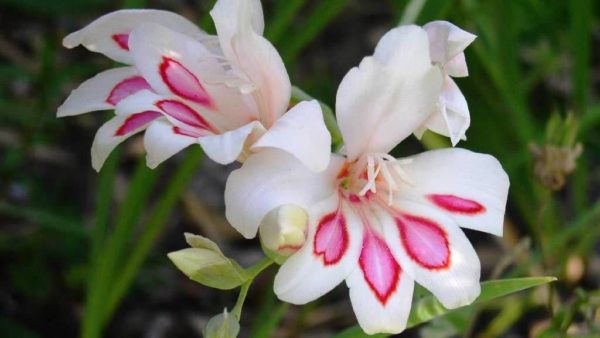
This method is especially suitable for people who grow certain varieties of gladioli. It is recommended to divide the bulbs of gladioli strongly when he gives one replacement corm, but at the same time develops an insignificant amount of tuber buds for reproduction.
People interested in how to propagate gladioli by dividing the bulb should know the most reliable method. Experienced gardeners pay attention to the efficiency of cutting the bulbs in two. The propagation of gladioli by dividing the bulb can also be done by cutting into a larger number of particles. But in this case, you need to make sure that each of them had at least one kidney and the end of the root system. Small particles will not develop as fast as large ones. This must be taken into account when planning the care and reproduction of gladioli.
How to separate an old bulb from gladiolus
When the time comes for harvesting gladioli, it is important to know how to separate the old bulb from the gladiolus and what to do with it. First of all, it is worth saying that the cleaning itself, along with the process of separating corms, is carried out in dry weather. In gladiolus, the bulb is divided simply, but the process itself requires increased attention and caution.
The chances that the root end has been cleared of the ground without damage are good only in dry weather. Otherwise, it is necessary to shorten the roots, and prune the stem. Then the bulb is washed and dried on the street or in a room that is well ventilated.
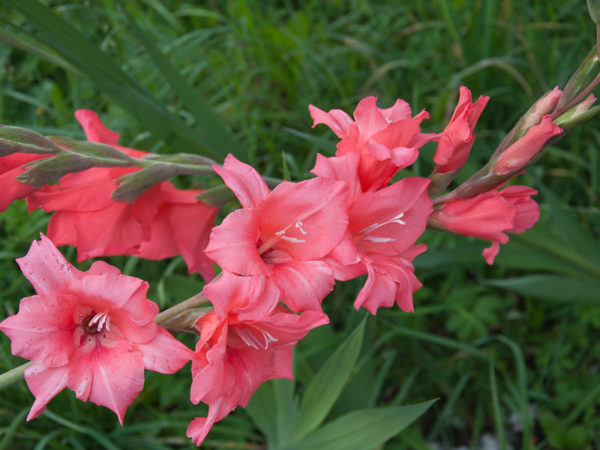
After the kids are separated, the old bulb is removed. When considering how to separate the old bulb from gladioli, it is important to understand that you can’t rush into this. Many experienced gardeners who constantly deal with gladioli claim that earlier removal of the corm threatens the young with an insufficient amount of important nutrients.
Vegetative propagation is important when the goal of the gardener is to maximize the preservation of culture. Gladiolus will get a better chance to get used to the conditions in your garden, to develop quickly and unhindered, if it was grown that way. Growing from a baby increases the chances of an efficient and fast growing plant in your climate.

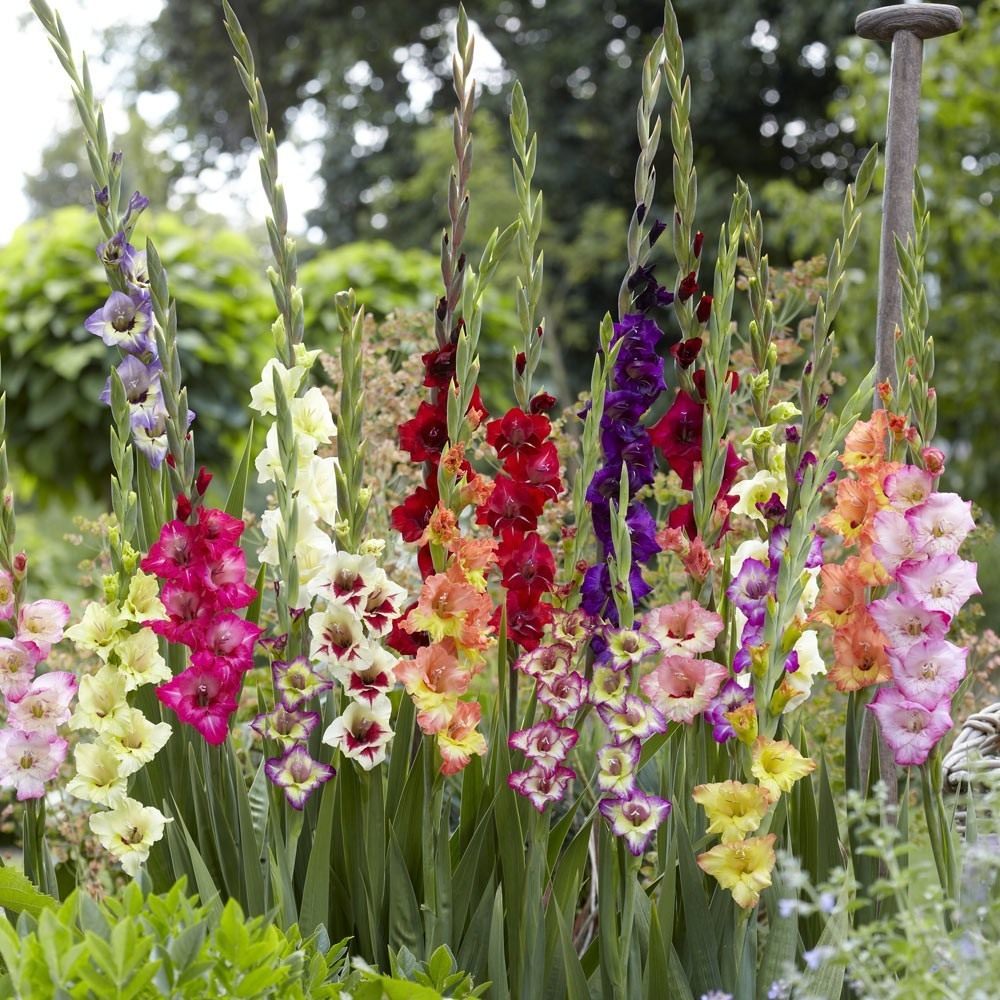
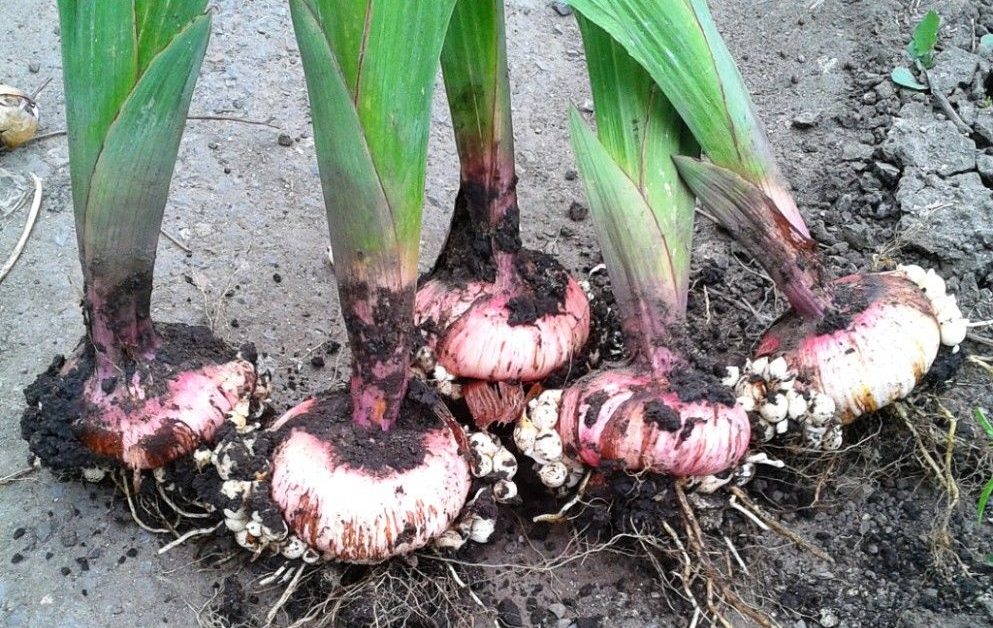
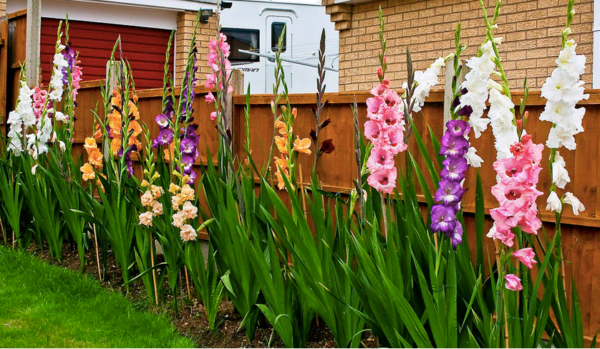
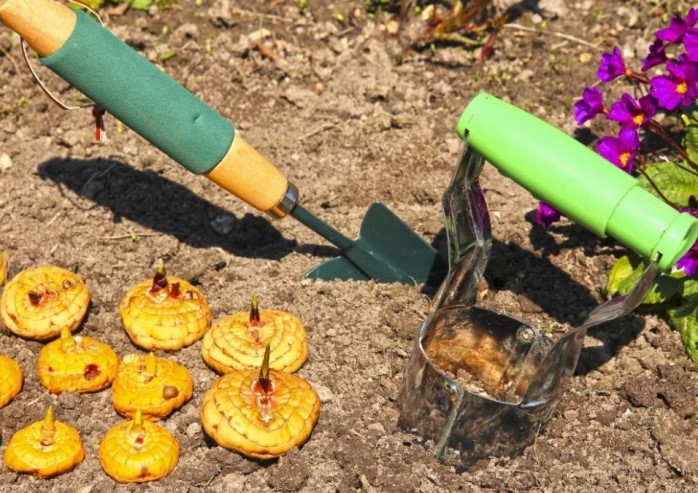 When and how to plant gladioli in spring in open ground
When and how to plant gladioli in spring in open ground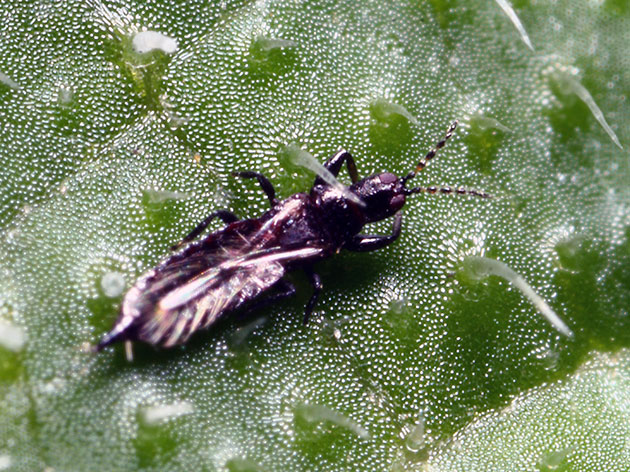 How to deal with thrips on gladioli
How to deal with thrips on gladioli Gladioli: landing and care in the open ground
Gladioli: landing and care in the open ground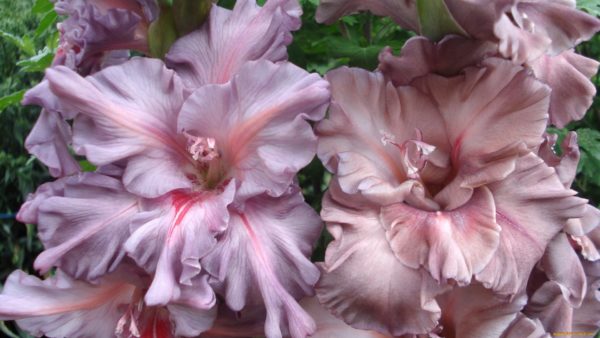 Children of gladioli: what to do with them
Children of gladioli: what to do with them